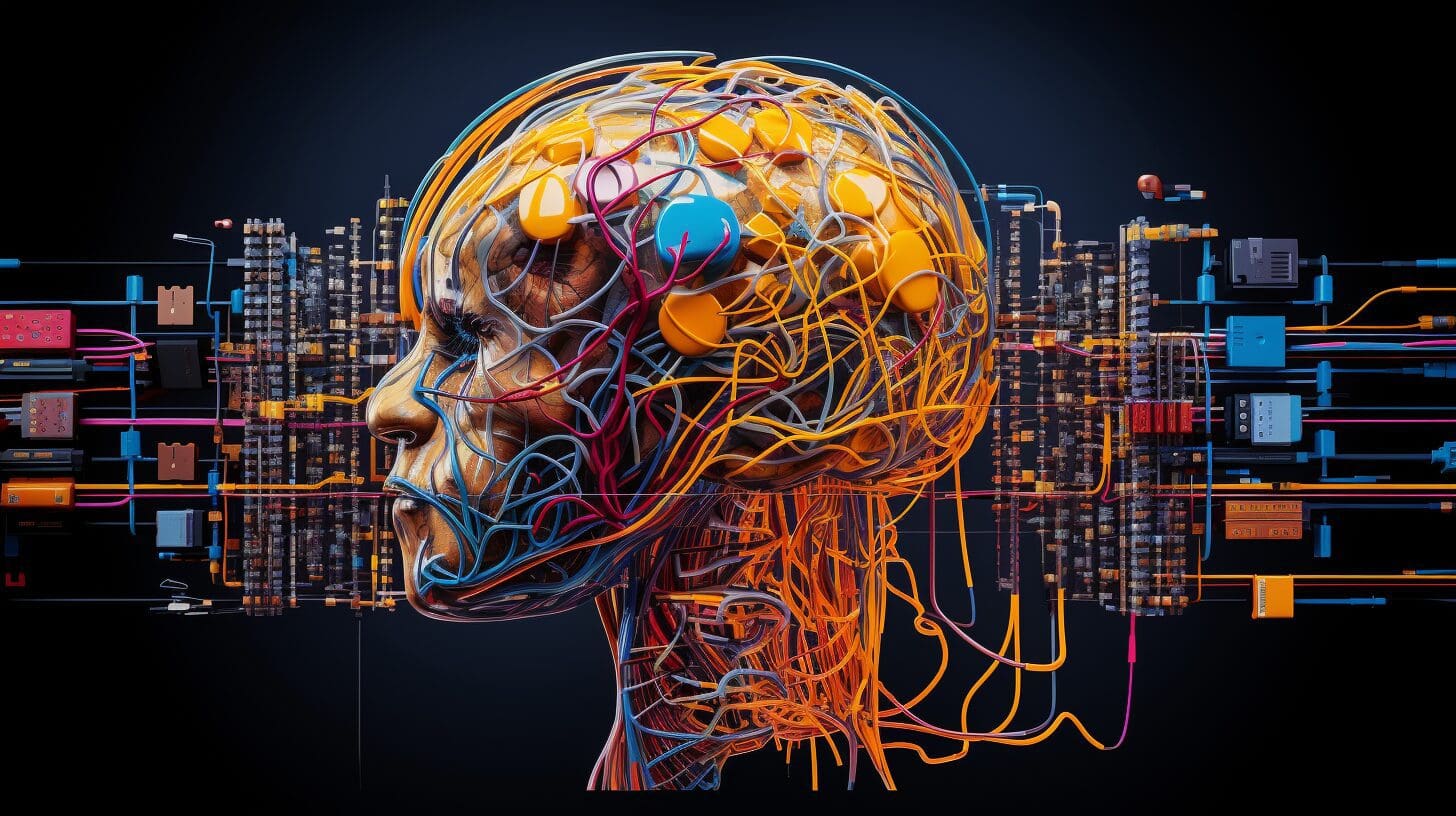Introduction to Ensemble Learning
Ensemble learning harnesses the power of combining multiple machine learning models to generate a more formidable predictive model. The foundational idea of ensemble methods is that many “base” models, when combined, can often surpass the performance of any singular model in the ensemble.
The chief advantages of ensemble learning encompass:
- Improved Model Performance: Ensembles typically achieve superior accuracy by mitigating variance and bias.
- Enhanced Robustness: Merging models diversifies the prediction source, thereby reducing the risk of any one model’s inadequacy.
- Versatility: Various techniques such as bagging, boosting, and stacking can be employed to create ensembles.
Common ensemble learning methods comprise:
- Bagging: Utilizes diverse random subsets of the data for training.
- Boosting: Sequentially trains models, with each one rectifying the predecessors’ errors.
- Stacking: Leverages a meta-model to blend the predictions from numerous base models.
- Voting: Consolidates different models’ predictions, either through averaging or majority rules.
In this segment, we will delve into the practical application of fundamental ensemble techniques using Python’s scikit-learn library. This hands-on approach will equip you with the skill to construct ensemble models and discern ways to augment their accuracy.
Bagging and Boosting
Bagging and boosting are pillars of ensemble learning. We’ll explore their practicalities in Python:
Bagging
Bagging utilizes random subsets (or bootstrap samples) of the training data for each model in the ensemble. A prime example of bagging is the Random Forest algorithm:
from sklearn.ensemble import RandomForestClassifier
rfc = RandomForestClassifier(n_estimators=100)
rfc.fit(X_train, y_train)
y_pred = rfc.predict(X_test)
Each of the 100 decision trees is trained on distinct data subsets, and their predictions are consolidated, typically via voting or averaging.
Boosting
Boosting refines upon bagging by training models in succession, with succeeding models addressing the inaccuracies of their forerunners. Renowned boosting algorithms include AdaBoost and Gradient Boosting:
from sklearn.ensemble import AdaBoostClassifier
abc = AdaBoostClassifier(n_estimators=100)
abc.fit(X_train, y_train)
y_pred = abc.predict(X_test)
Subsequent models prioritize instances misclassified by preceding ones. The ensemble’s final verdict is derived from a weighted sum of individual predictions. Notably, boosting variants like XGBoost and LightGBM have gained immense traction in both competitive data science and real-world applications, primarily due to their stellar efficacy.
Voting and Stacking
Besides bagging and boosting, ensemble learning also incorporates methods like voting and stacking.
Voting Ensembles
Voting classifiers converge predictions from diverse models, typically by leveraging majority voting or by averaging the predicted probabilities:
from sklearn.ensemble import VotingClassifier
vc = VotingClassifier(estimators=[('rfc', rfc), ('abc', abc)])
vc.fit(X_train, y_train)
y_pred = vc.predict(X_test)
This method synergizes individual models, unifying their predictions through a voting mechanism.
Stacking Ensembles
Stacking adopts a layered approach by training a meta-model to interpret the outputs of multiple foundational models:
from sklearn.ensemble import StackingClassifier
stack = StackingClassifier(estimators=[('rfc', rfc), ('abc', abc)])
stack.fit(X_train, y_train)
y_pred = stack.predict(X_test)
Initially, base models are trained, followed by the meta-model that’s instructed using their predictions. This hierarchical training yields a robust ensemble construct.
Conclusion
Python’s scikit-learn library offers an intuitive interface for the majority of predominant ensemble techniques. Harnessing these methods enables the development of predictive models with heightened accuracy.
It’s pivotal to remember that the potency of ensembles is accentuated when the foundational models are robust. Prioritize refining individual models before amalgamating them. With scikit-learn’s impeccable APIs, model ensembles can be rapidly crafted, often exceeding the prowess of any standalone model.



![Python Decorators Unleashed [eBook]](https://datasciencehorizons.com/wp-content/uploads/2023/10/python_decorators_unleashed_ebook_header-150x150.webp)







